Once you read this short article, scroll to the bottom to download the pH Food Chart image above.
Why is a balanced pH Important?
The goal is to improve the pH of your blood. A balanced pH is crucial because without it acid can damage arteries, organs and tissues and cause cholesterol to build inside them as a safety mechanism to protect the arteries from acid damage. Acid burns your tissues and provides a fertile breeding ground for pathogens and cancer.
A high acid pH can make you feel tired, with low energy. A balanced pH can help bring oxygen to your cells, increasing your energy levels making you feel better.
The way to obtain a balanced pH is to eat more alkaline foods like raw organic leafy and root vegetables, some raw organic nuts and seeds, sea greens and limited amounts of raw organic fruit.
It helps to eat less acid creating foods like dairy, meat, grains, coffee, black tea, roasted nuts, cooked foods, cooked and fried fats and pesticide laden oils from genetically modified plants like canola and cottonseed.
Another important issue that can cause acid imbalance is a congested liver and gall bladder. When the liver and gall bladder are congestion with ‘gall stones,’ or fatty liver this simply means there is a buildup of cholesterol, fats, including synthetic hydrogenated fats, toxins and bile salts. Symptoms include: discomfort under right rib cage, indigestion, bloating, gassy and nauseated feeling. Low energy, fatigue, exhaustion, irritability, frustration and anger. Weight gain in upper abdomen, insomnia, leg cramps, mineral deficiencies, lower abdominal achy feeling and lower back pain. The symptoms can be brought on or made worse by eating fried, greasy, oily or fatty foods. In acute cases, severe and recurring pain is experienced along with nausea and vomiting. In some cases people with gall bladder disease also have sensitivities to eggs. Please see The Secrets of Gall Bladder and Liver Disease for more information.
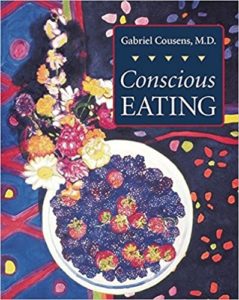
Conscious Eating by Gabriel Cousens.Included is new information on enzymes, vegetarian nutrition for pregnancy, and an innovative international 14-day menu of gourmet, Kosher, vegetarian, live-food cuisine, plus 150 recipes.
From MD Gabriel Cousens, Conscious Eating
What Is Ideal pH?
“Take both, urine and saliva.
Urine pH: (second urine of morning through first urine of next day, combine, shake and test) “For vegetarians who eat dairy, a generally good pH range is 6.3 to 6.9. For vegetarians, no dairy, and raw food vegetarians, 6.3 and 7.2 is within safe range.”
Saliva pH (indicator of alkaline reserve in body and condition of pH within cells: “
Below 6.2 = acid with inadequate alkaline reserve
5.5 to 5.8, no rise after meal = extremely acid, no alkaline reserves left
Normal saliva before meals 6.8 to 7.2
Above 7.2 becomes too alkaline”
How To Test my own pH
To test your own pH levels, purchase pH strips from a health food store, homeopath, naturopath or pharmacy.
Just ‘pee’ on the strip and compare it to the chart, to test the pH of your urine.
If your urine is acidic, drink more water and eat more ‘alkaline’ foods like fresh, raw fruits and vegetables and eat less ‘acidic’ foods like meat, dairy, grains, sugar and coffee for one or two days, then retest. Continue increasing alkaline foods and decreasing acidic foods until your pH tests within the safe and healthy range.
Soon you will know how to keep your body at a correct pH, without having to test yourself!
Free Download: pH Scale of Common Foods
To download a complimentary pH Chart to print out and tape to your refrigerator, go to:

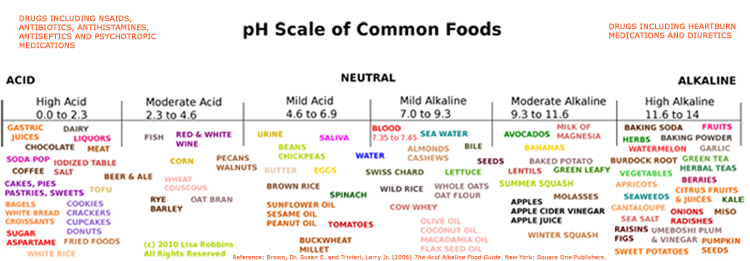
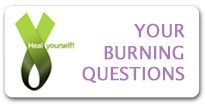
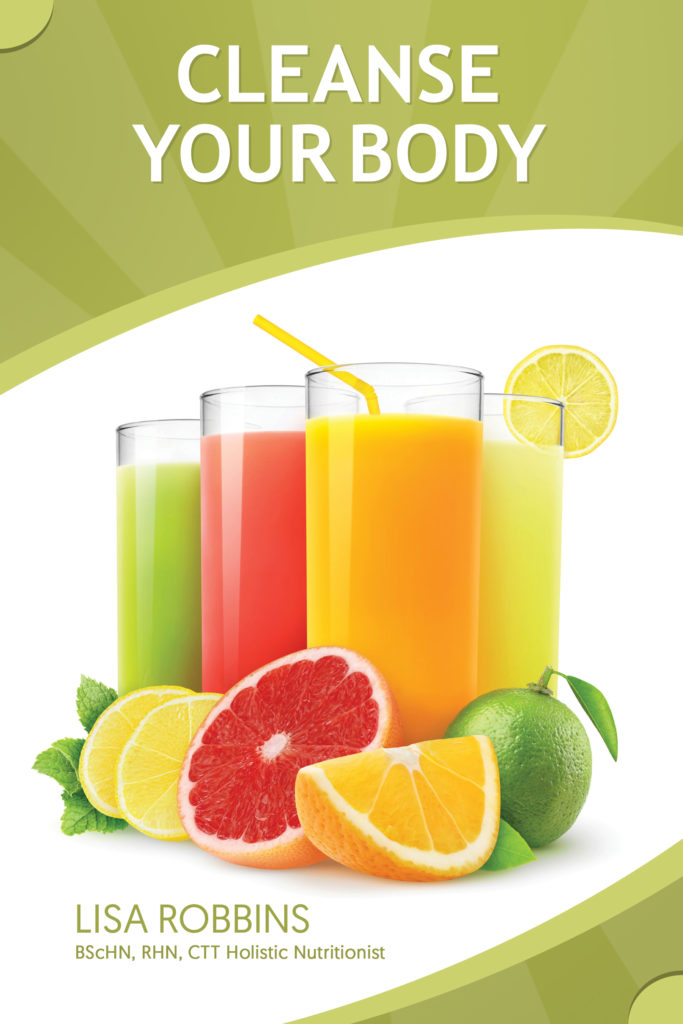

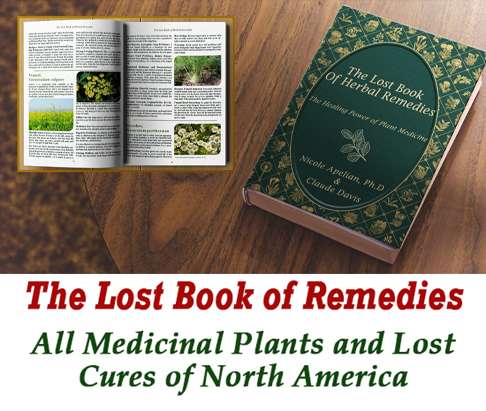
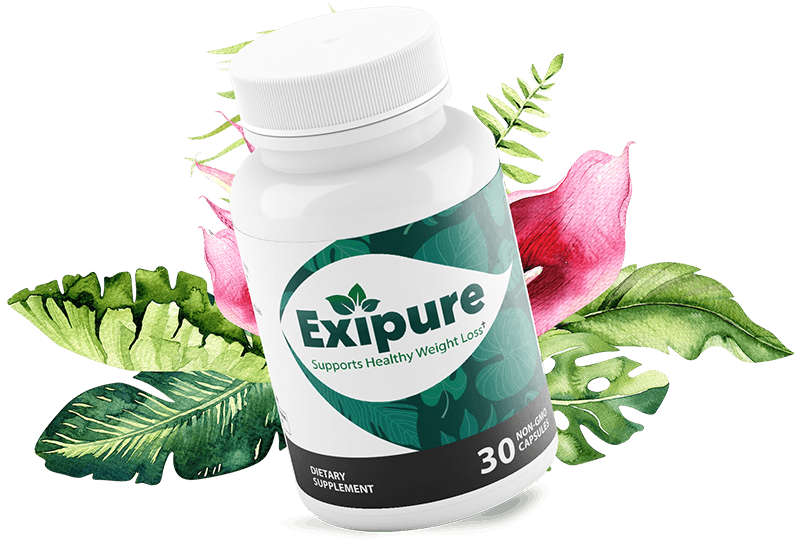
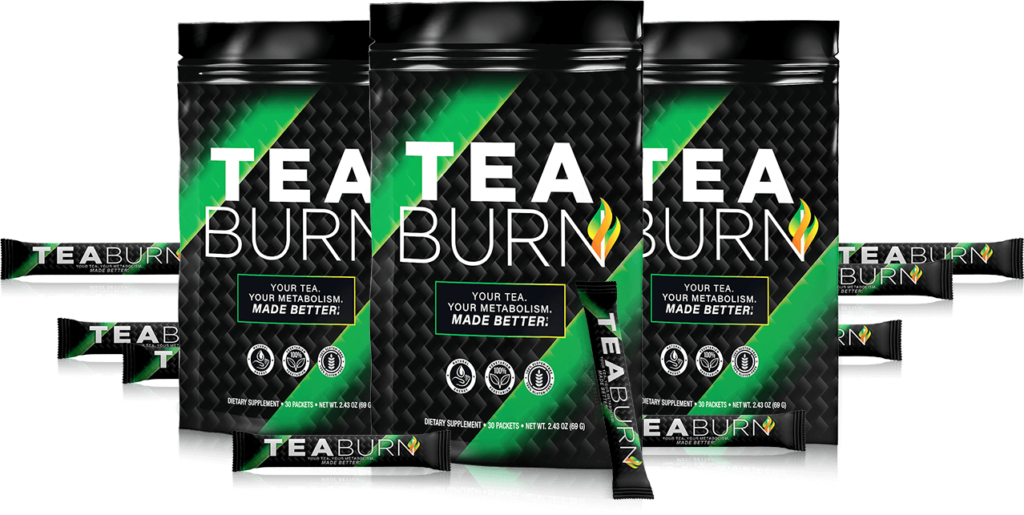
Trackbacks/Pingbacks